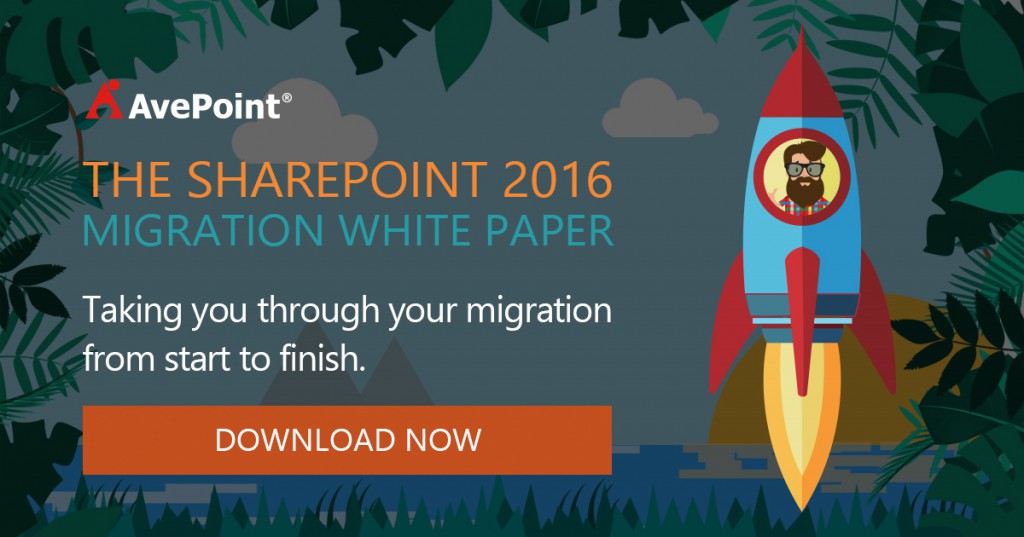Over the past few weeks, you’ve probably discovered more about what’s new in SharePoint 2016 than you even knew to ask for. From feature packs and zero-downtime patching to enhanced hybrid and mobile experiences for end users, the unveiling on May 4 showed SharePoint 2016 had something for just about everyone.
If you’re one of the many who will be moving to SharePoint 2016 from a non-SharePoint information management system like file shares, or SharePoint 2010 and older, your priority is likely getting data to your destination directly, quickly, and with the least amount of business disruption.
You may think the next logical step after deciding to make the jump is buying software that fits these criteria — however, the actual movement of data is only part of the project. That’s why we’ve posed four fundamental questions to ask yourself when preparing for your SharePoint 2016 migration project.

1. Which SharePoint service is right for you? The type of service you choose – SharePoint Server, SharePoint Online, or a hybrid model – will make a tremendous difference regarding your information architecture, how you move your data, and which SharePoint 2016 features you’ll be able to take advantage of. For these reasons, it’s important to make sure your organization is dictating how you build your SharePoint based on need, not just for the sake of using the newest technology.

2. What resources do you have available? You wouldn’t purchase a new home by simply signing a deal for the first house you like, without at least considering budget and move-in date. Approach your preparation for migration projects the same way – migrating to SharePoint 2016 will be an even more costly undertaking if you don’t first align the people, processes, and tools needed to actually get there.

3. What does your current environment look like? If you move a mess from point A to point B, you’ll still have a mess at the end of your migration. To ensure your new SharePoint 2016 environment launches without fail, it’s vital to understand the data and information architecture in your legacy environment and reorganize where necessary. Think: Which content is cloud-ready (for hybrid deployments)? What should be kept on premises? What may need restructuring?

4. Which migration path is right for you? Not all migrations are created equal. Without in-place upgrades, native capabilities only permit direct migration to SharePoint 2016 from SharePoint 2013. This means everyone else is left with three migration options: manual, scripted, and third-party. Be diligent when researching the key benefits and differences of each to pick the upgrade path and migration software that is best for your business.
Next Steps
Get your migration project started with the SharePoint 2016 Migration Best Practices White Paper, which provides a prescriptive approach to planning and executing a successful migration project.
As part of the SharePoint 2016 Readiness Guide, you’ll also have access to a complementary webinar and blog series detailing what’s new in SharePoint 2016 and how to start your migration project today!


